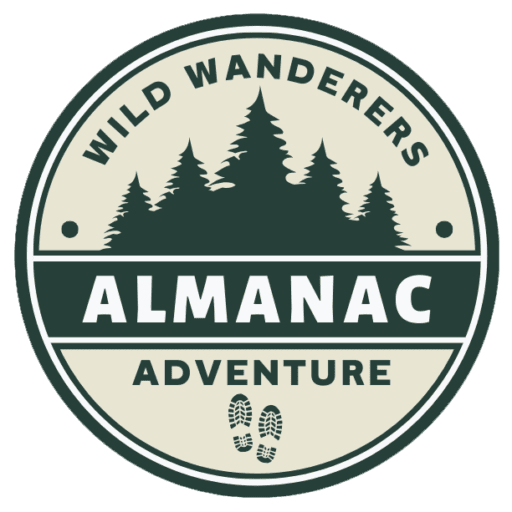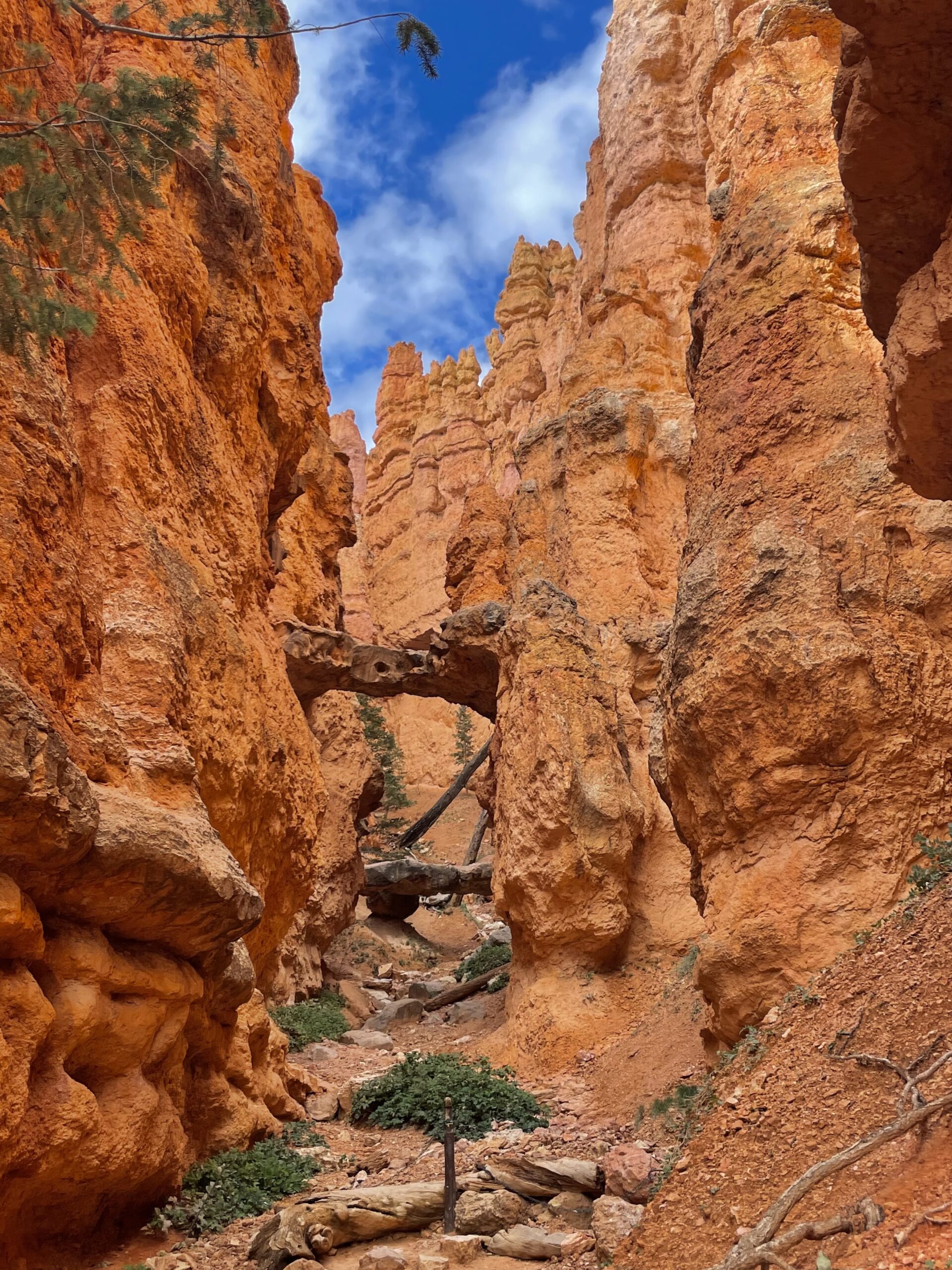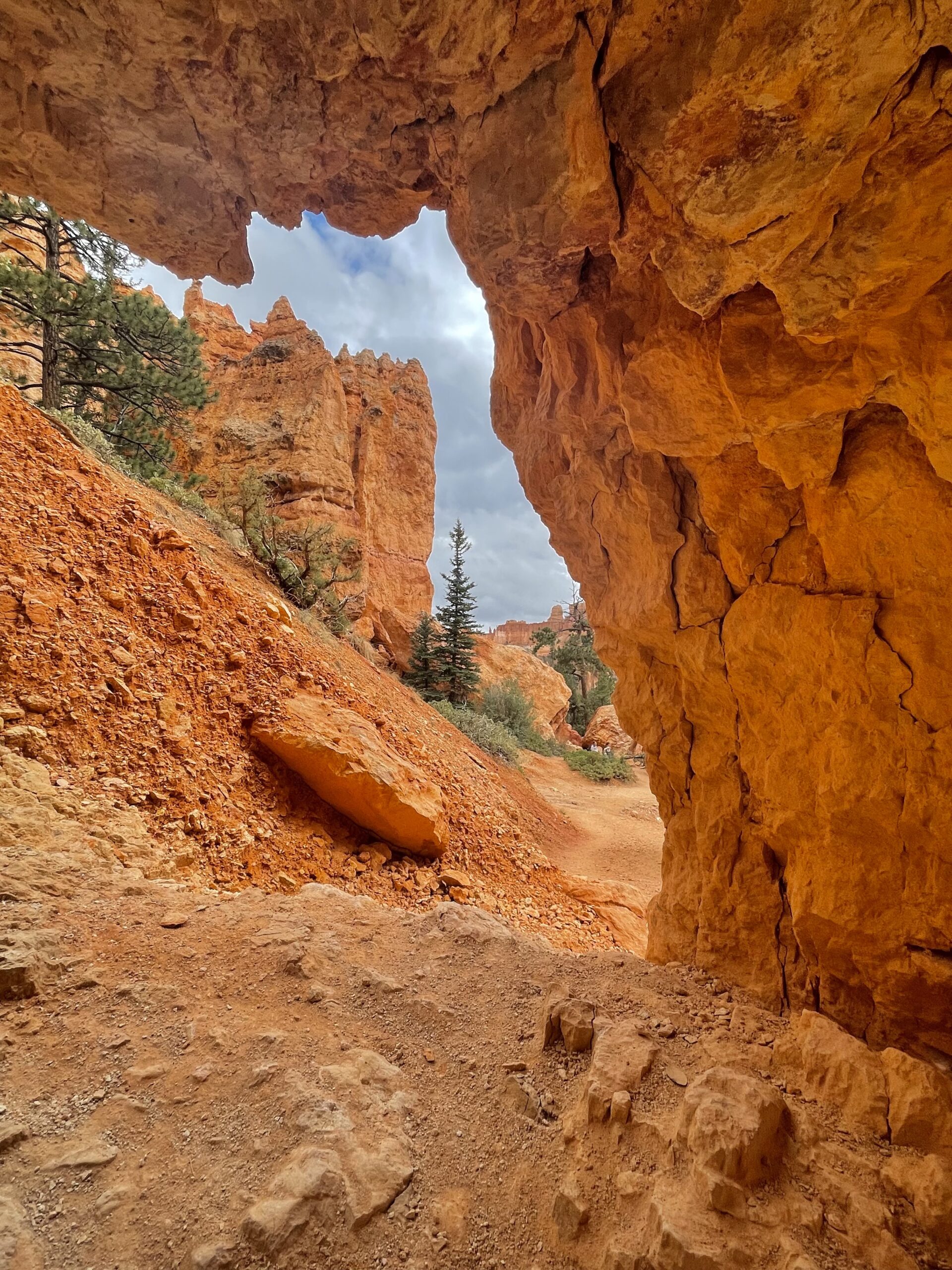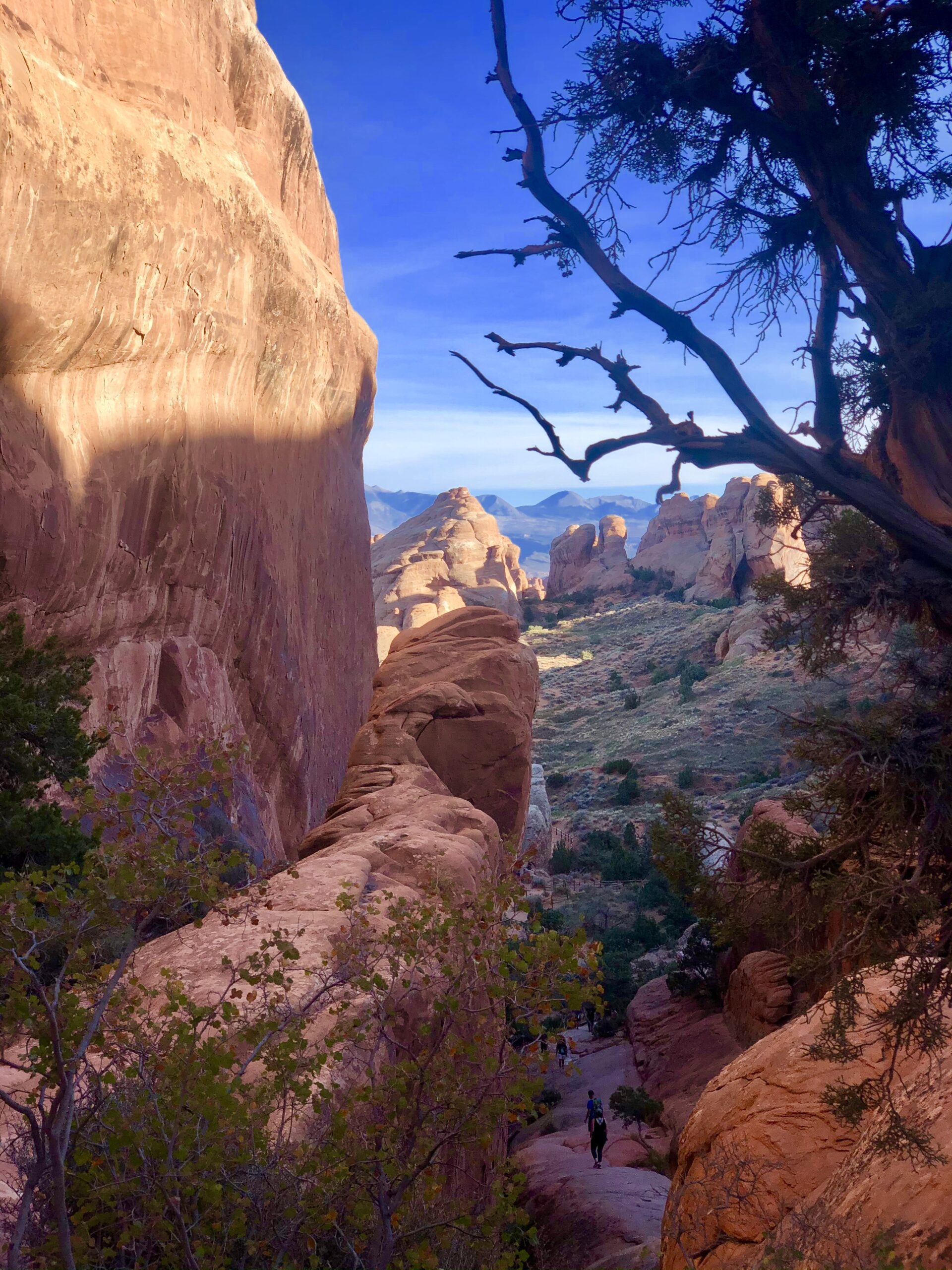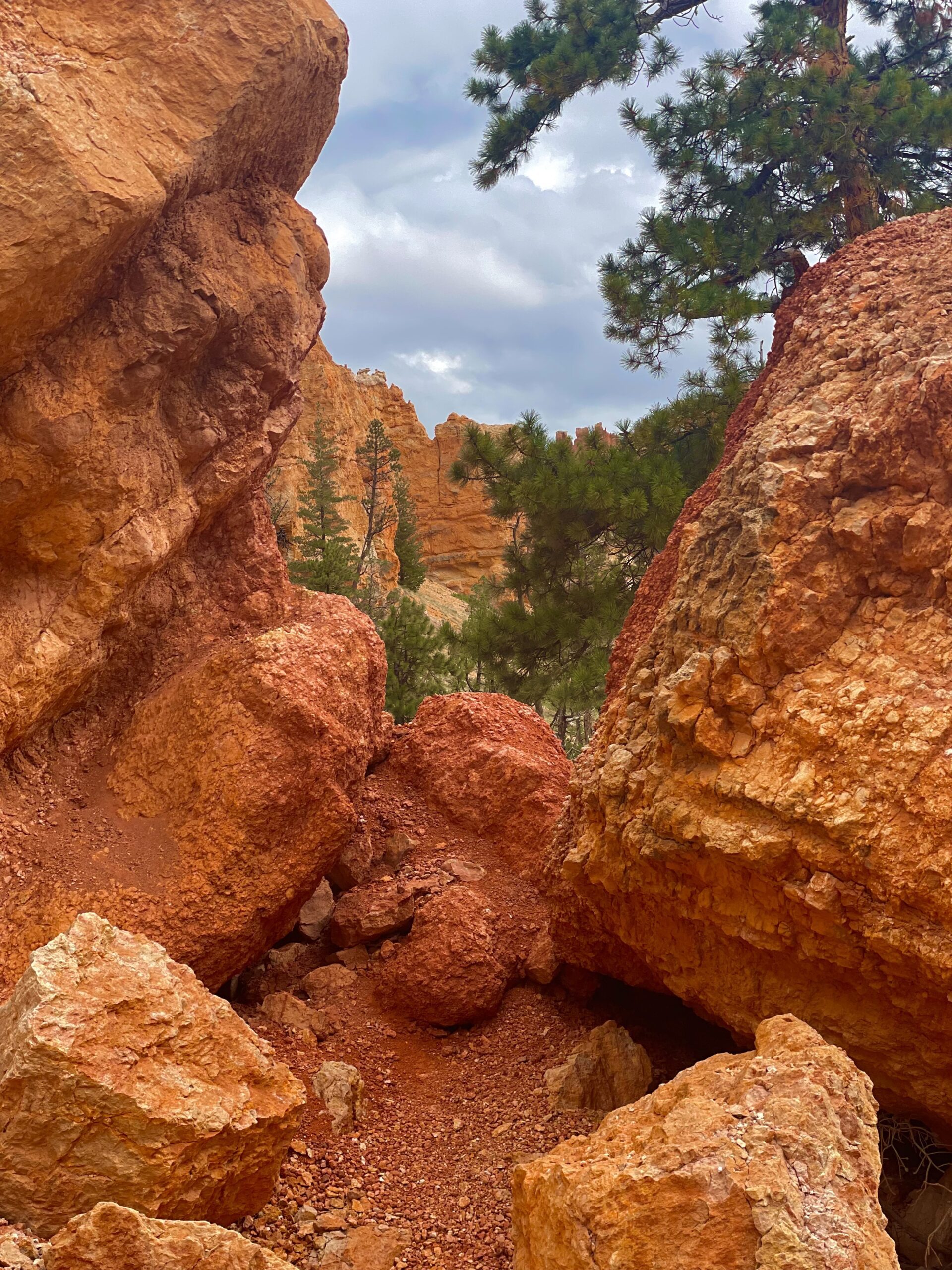Bryce Canyon National Park
Bryce Canyon National Park, located in southern Utah, is a stunning geological wonderland known for its otherworldly landscape of intricately eroded orange and red rock formations known as hoodoos. This unique natural masterpiece was carved over millions of years by the forces of wind, water, and frost, creating a surreal labyrinth of towering spires, deep canyons, and natural amphitheaters. Visitors can explore the park’s scenic vistas, hiking trails, and overlooks, including the popular Sunrise Point, Sunset Point, and Inspiration Point, offering breathtaking panoramic views of the amphitheaters. Whether admiring the park’s distinctive geological features or stargazing under some of the darkest skies in North America, Bryce Canyon National Park offers a truly enchanting and unforgettable experience for nature enthusiasts and adventurers alike.
Park Information
Location: Utah
Elevation: 8,000 ft
Park Size: 35,835 acres
Time Needed: 1 Day Highlights, 2-3 Day Full Experience
Best Season: Spring and fall
Must hike: Queens garden and navajo loop trail, peekaboo loop trail
Hike down through wallstreet among the pines growing in the canyon
Lodging: Stay at the famous Bryce Canyon lodge or find accomodations in the closest town of Cannonville
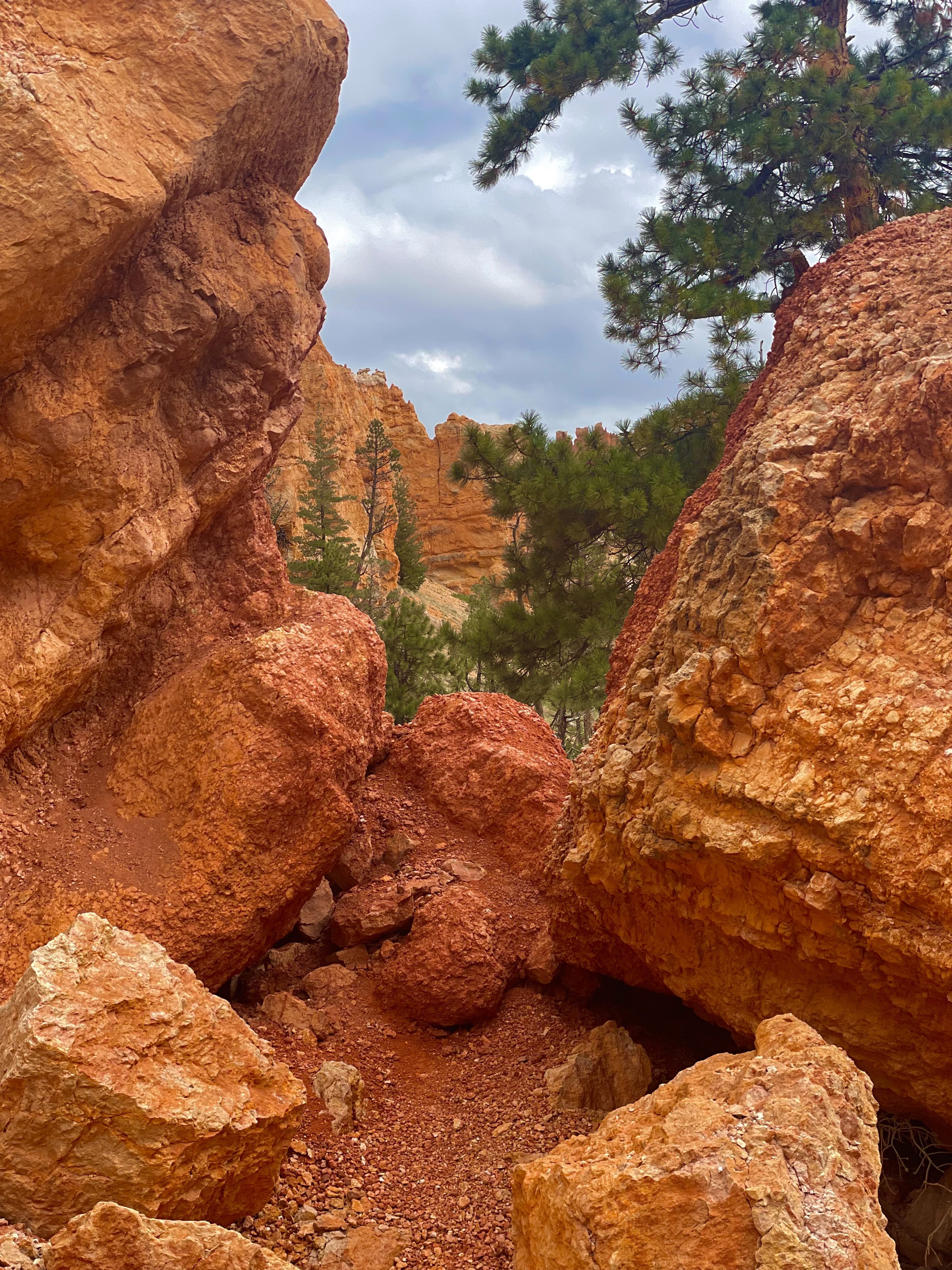
Travel: drive the scenic byway from zion (highly recomend especially in october) or drive highway 12 from capital reef
Closest airport: Cedar city regional airport
Pro tip: fly into Las Vegas and drive through Zion (if extra ambitious drive south to the vermillion cliffs)
Best Campground: north camprgound (surrounded by massive pine trees and rolling hills)
Pro Tips: The park is located at a high elevation gets very cold in late fall or early spring can cause ice on trails.
Beware of rain and storms while in the canyon
Stay for the stars “half the park is after dark”
How to Plan a Trip to Bryce Canyon National Park
Planning a trip to Bryce Canyon National Park can be an exciting adventure. Here are some steps to help you plan your trip:
1. Research the Park:
Familiarize yourself with Bryce Canyon National Park by researching its geography, climate, and notable features. Understand the park’s rules and regulations.
2. Choose the Right Time to Visit:
Consider the time of year that best suits your preferences and activities. Summer is the busiest, while spring and fall offer milder weather and fewer crowds.
3. Accommodations:
Determine where you’ll stay. Options include campgrounds within the park, nearby hotels, or lodges. Make reservations in advance, especially during peak seasons.
4. Transportation:
Plan your mode of transportation. Whether you’re driving or flying, decide on the most convenient route. If flying, book your flights and consider renting a car.
5. Entrance Fees and Passes:
Check the current entrance fees for the park. Consider purchasing an annual pass if you plan to visit multiple national parks during the year.
6. Activities and Trails:
Identify the activities you want to pursue and the trails you’d like to hike. Popular trails include the Navajo Loop and the Queens Garden Trail. Be aware of trail difficulty levels.
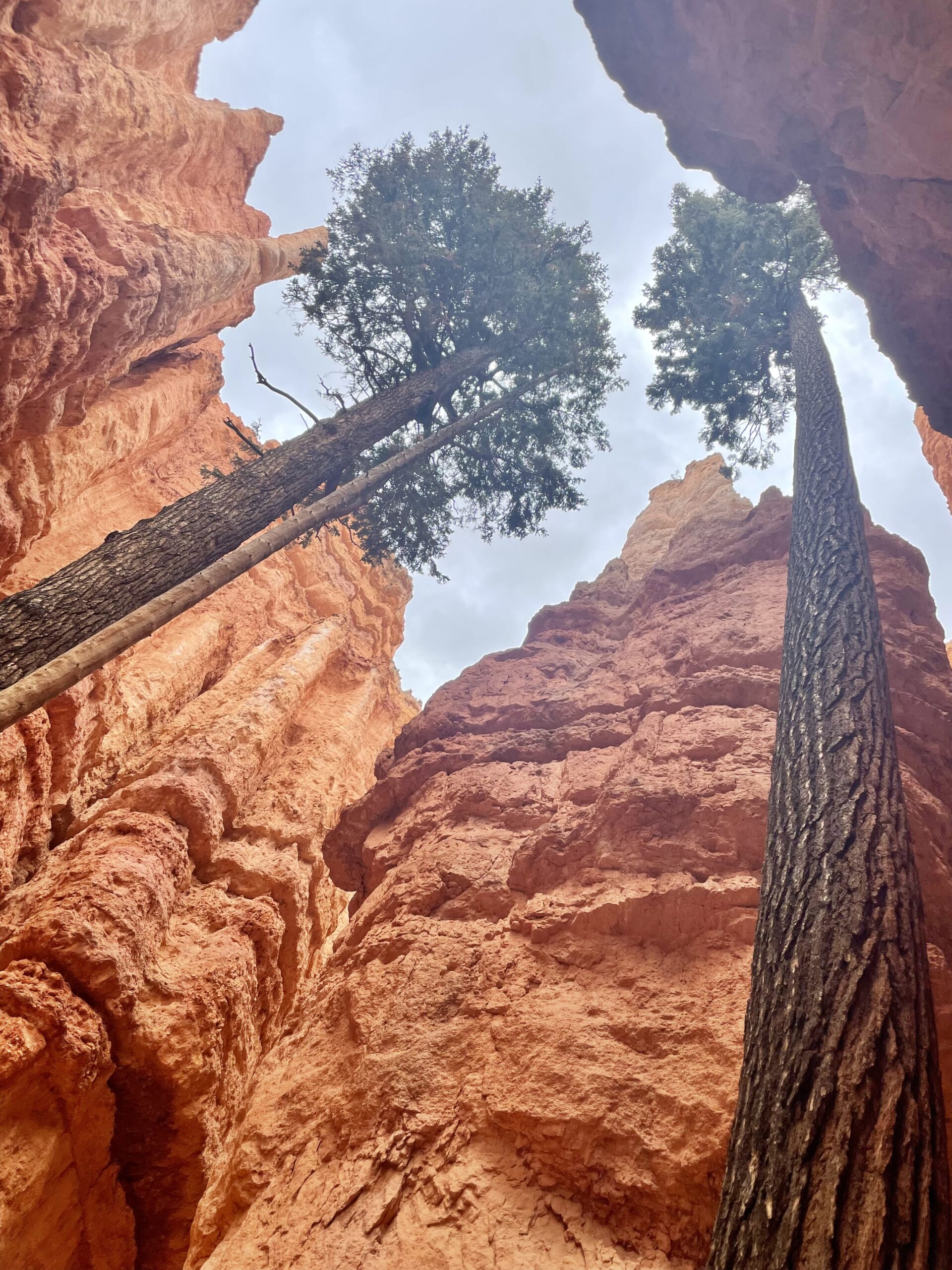


7. Gear and Equipment:
Depending on your planned activities, prepare a checklist of necessary gear such as comfortable hiking shoes, water bottles, sunscreen, and a hat. Bring appropriate clothing for the weather.
8. Wildlife and Safety:
Learn about the wildlife in the area and understand safety guidelines. Respect the natural environment, keep a safe distance from wildlife, and follow Leave No Trace principles.
9. Permits and Reservations:
Check if any activities or specific trails require permits. Make reservations for popular activities, accommodations, or guided tours if needed.
By thoroughly planning and preparing for your trip to Bryce Canyon National Park, you’ll be better equipped to make the most of your time in this breathtaking destination.
Lodging
Campsites
- North Campground:
- Located near the park’s visitor center.
- Open from late spring to early fall (approximately May to October).
- Reservations are available and recommended, especially during peak season.
- Facilities include restrooms, coin-operated showers, and a dump station.
- Sunset Campground:
- Situated near Sunset Point within the park.
- Open from late spring to early fall (approximately May to October).
- Reservations are available.
- Facilities include restrooms, coin-operated showers, and a dump station.
- Sunrise Campground:
- Located near Sunrise Point.
- Open from late spring to early fall (approximately May to October).
- First-come, first-served basis (no reservations).
- Facilities include restrooms, but there are no showers.
- Group Campsites:
- North Campground and Sunset Campground both have group campsites available for larger parties.
- Group sites accommodate more people than individual campsites.
- Reservations are typically required for group campsites.
- Backcountry Camping:
- Backcountry camping is allowed in designated areas for those seeking a more remote experience.
- Permits are required for backcountry camping, and they can be obtained at the Visitor Center.
General Campground Information:
- Campsites are equipped with picnic tables and fire rings.
- There are restrictions on the use of generators to maintain a quiet environment.
- The campgrounds provide easy access to the park’s main viewpoints and hiking trails.
- Bryce Canyon is at a high elevation, so nighttime temperatures can be cold, even in the summer. Be prepared with appropriate clothing and gear.
Camping Tents
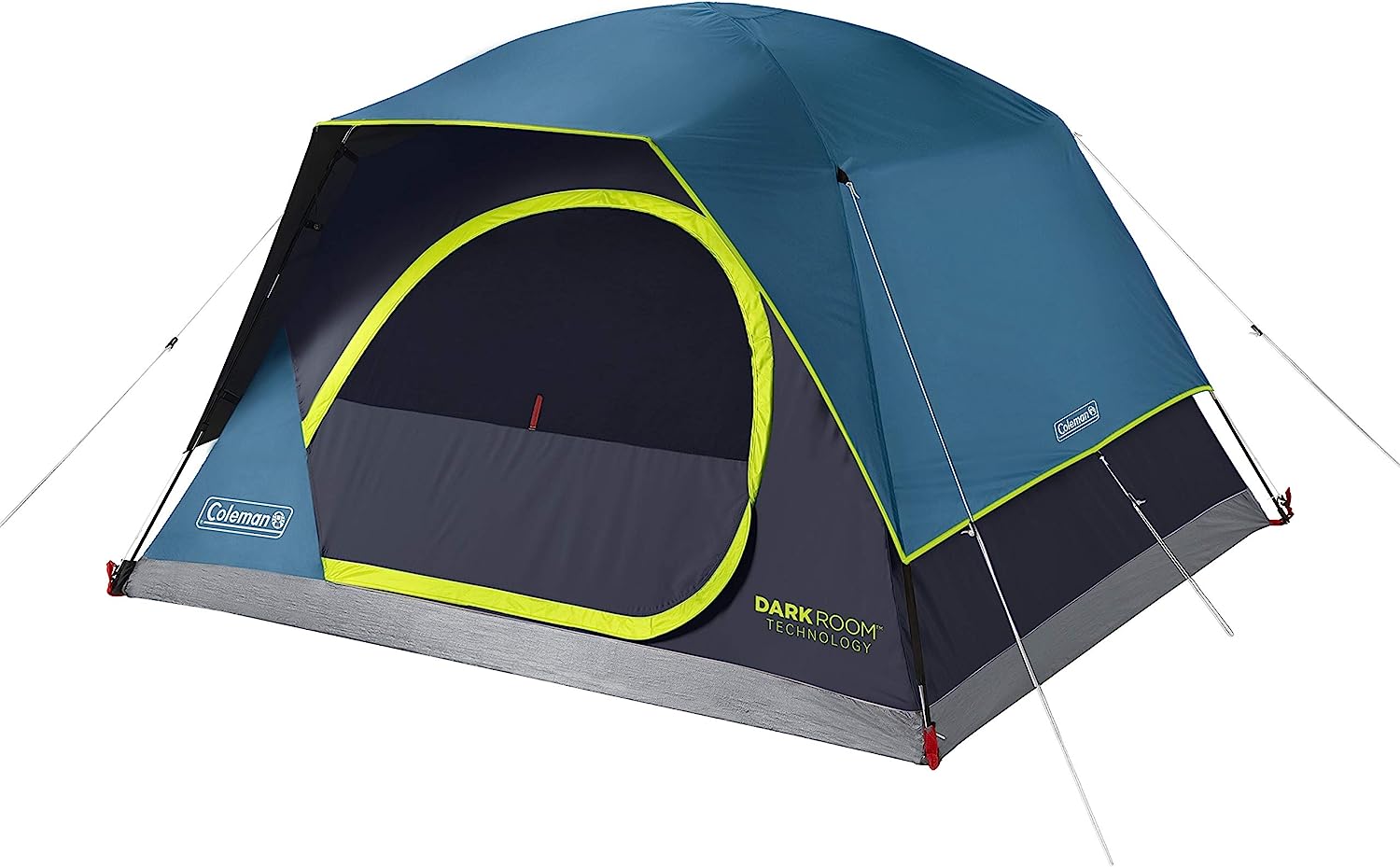

Cooking Gear
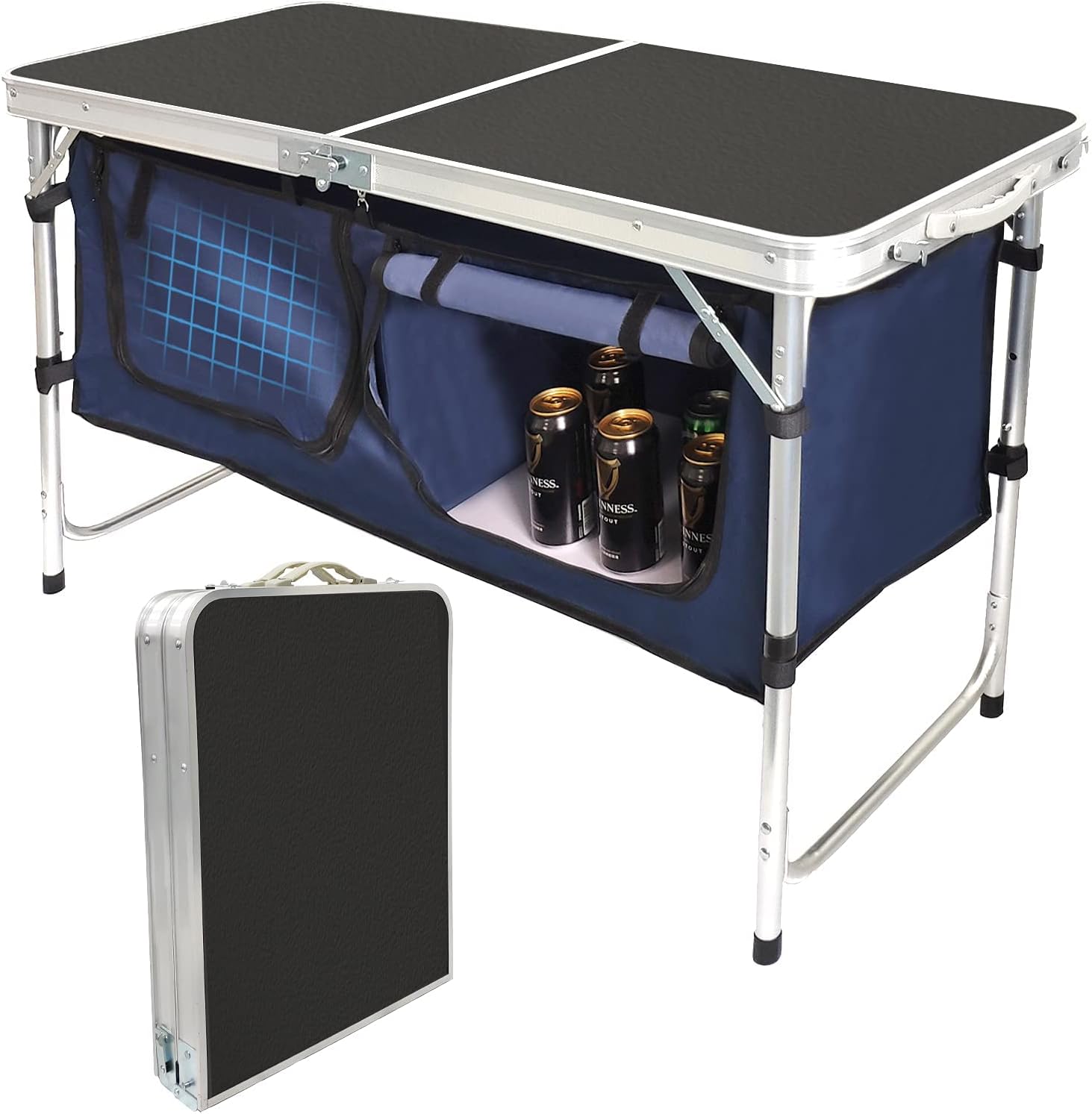

Hiking
Hiking in Bryce Canyon National Park is a unique and awe-inspiring experience. The park is renowned for its stunning hoodoos, which are tall, thin spires of rock that create a surreal landscape. There are several hiking trails catering to various skill levels, offering different perspectives of the park’s natural beauty.
The most popular trail is the Navajo Loop Trail, which takes you through the iconic Bryce Amphitheater. This trail provides an up-close encounter with the hoodoos and offers breathtaking views. Another notable trail is the Queen’s Garden Trail, known for its picturesque scenery and the Queen Victoria rock formation.
It’s essential to be well-prepared for hiking in Bryce Canyon, as the high elevation can result in cooler temperatures, even in the summer. Make sure to bring plenty of water, wear sturdy hiking shoes, and be mindful of the park’s rules and guidelines. Additionally, Bryce Canyon offers ranger-led programs, providing valuable insights into the geological and cultural aspects of the park.
Number of Trails: 12
Acres: 35,835 Acres
Time Needed to Hike: 2 Days for quick hikes around visitor center
Navajo Loop Trail: 1.5 mi
Gear We Used
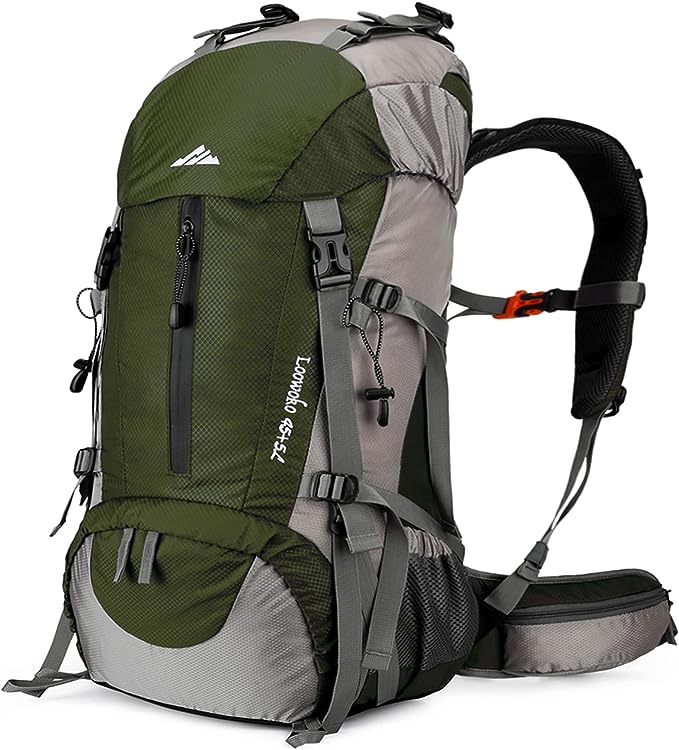

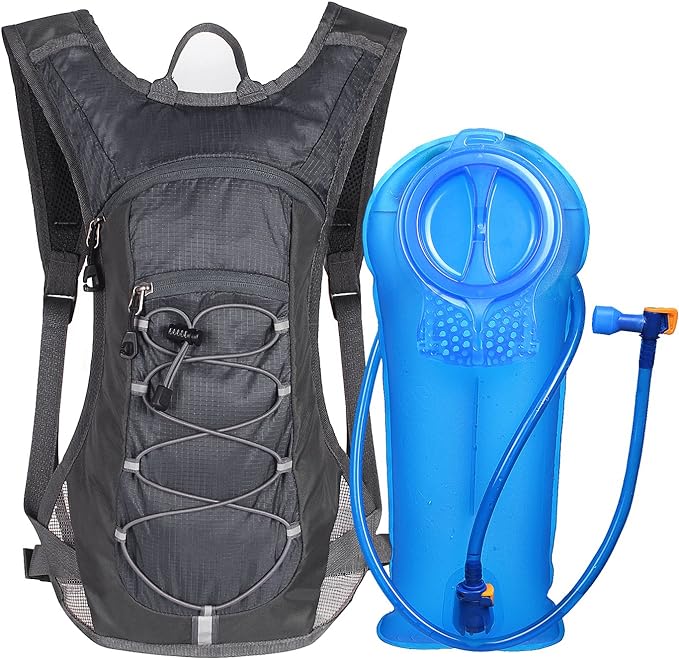

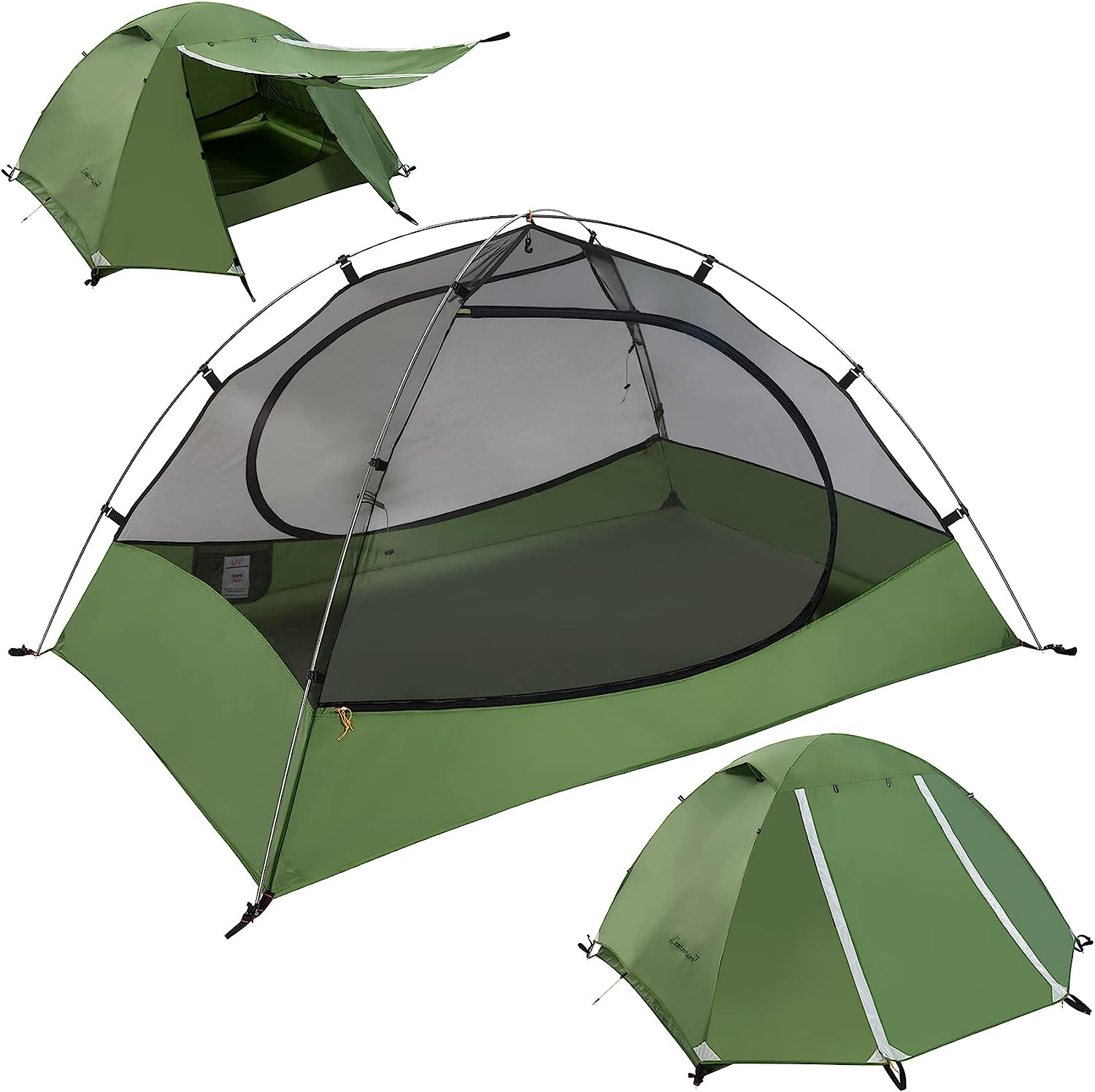

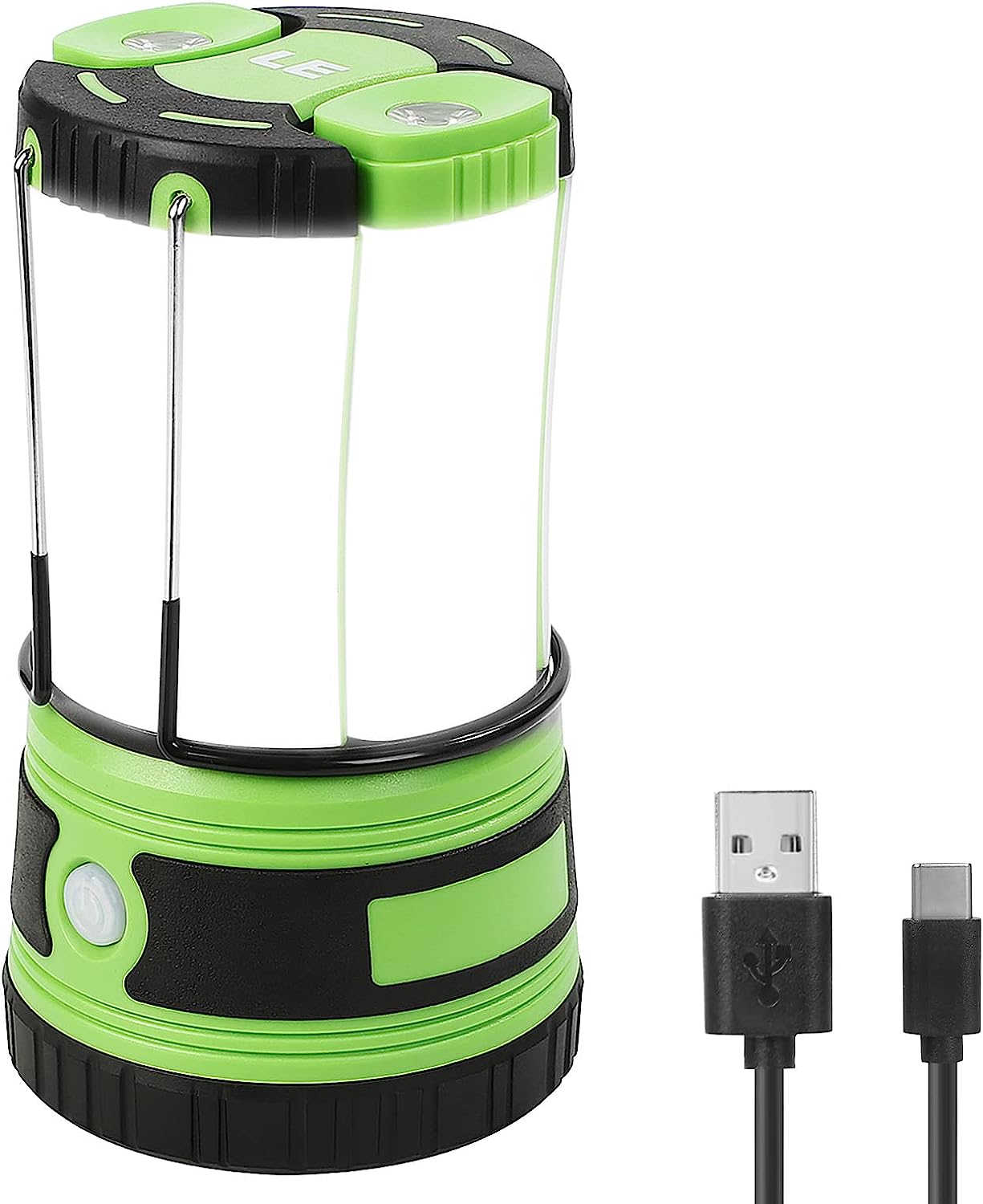



Must Do’s
visit inspiration point
Inspiration Point is one of the most famous and widely visited viewpoints in Bryce Canyon National Park. It is located along the Bryce Canyon Rim Road and offers a spectacular panoramic view of the Bryce Amphitheater. The viewpoint provides a breathtaking vista of the colorful hoodoos, spires, and cliffs that make up the unique geological formations of the park.
From Inspiration Point, visitors can see a vast expanse of the amphitheater, including features like the Silent City and the Thor’s Hammer formation. The viewpoint is aptly named for the inspiring and awe-inspiring scenery it offers, especially during sunrise and sunset when the changing light enhances the colors and shadows of the hoodoos.
Thors Hammer
Thor’s Hammer is one of the iconic and easily recognizable rock formations in Bryce Canyon National Park. It is a hoodoo—a tall, thin spire of rock—shaped like a hammer, and it resembles the mythical weapon of Thor, the Norse god of thunder. The formation is characterized by a large, narrow rock atop a smaller pedestal, creating the distinct hammer-like appearance.Thor’s Hammer is located in the Bryce Amphitheater, a central and popular area within the park known for its concentration of hoodoos and stunning geological features.
rainbow point
Rainbow Point is one of the notable viewpoints in Bryce Canyon National Park, situated at the southern end of the park. It is known for offering stunning panoramic views of the surrounding landscape. Rainbow Point is also significant because it marks the highest point within the park at an elevation of 9,115 feet (2,778 meters).
Visitors can reach Rainbow Point by driving along the scenic Bryce Canyon Rim Road. The viewpoint provides a different perspective of the canyon compared to viewpoints in the northern section of the park.
bryce point
Bryce Point is another prominent and popular viewpoint in Bryce Canyon National Park, offering breathtaking panoramic views of the Bryce Amphitheater. It is situated along the Bryce Canyon Rim Road, and like other viewpoints in the park, Bryce Point provides a stunning perspective of the unique geological formations, including hoodoos, spires, and cliffs.
